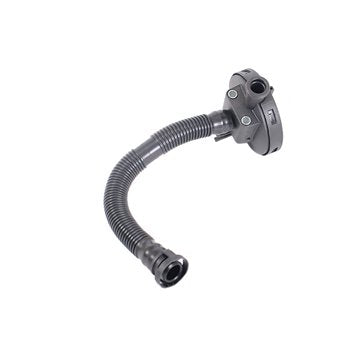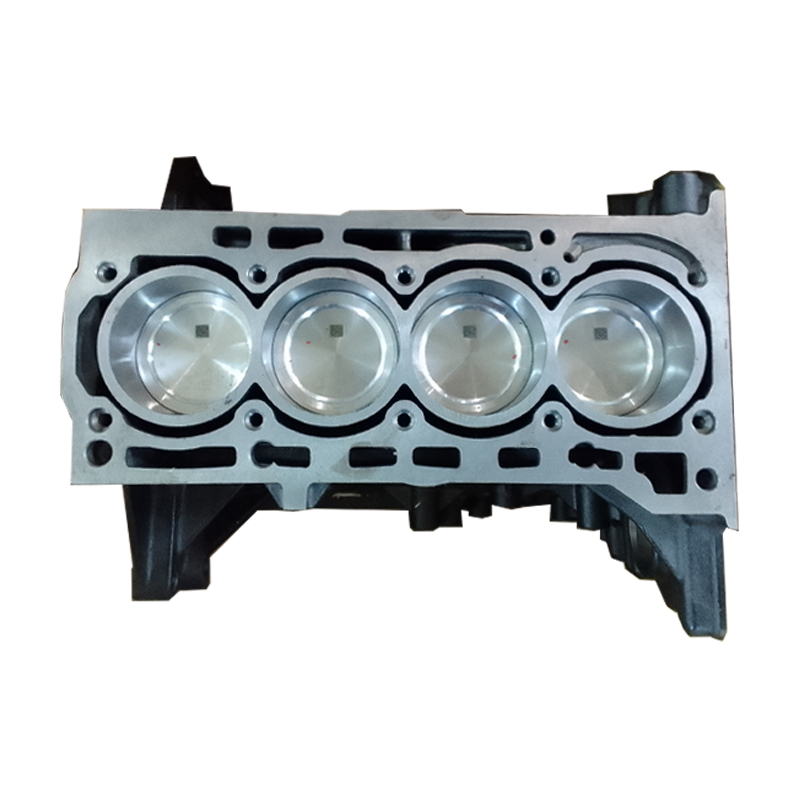Rely on a premium clp engine for heavy-duty use.
Rely on a premium clp engine for heavy-duty use.
Blog Article
The Role of a Clp Engine in Revolutionizing Engine Efficiency and Sustainability
The arrival of CLP engine modern technology offers a critical moment in the auto industry, where efficiency and sustainability assemble in extraordinary means. By enhancing combustion procedures and enabling dynamic modifications in compression ratios, these engines not just promise improved gas effectiveness and decreased discharges however additionally difficulty standard engineering paradigms. As the market grapples with journalism requirement for greener solutions, the implications of adopting CLP modern technology extend far past plain efficiency metrics. What remains to be seen is just how these advancements will certainly reshape the future landscape of vehicle engineering and ecological obligation.
Recognizing CLP Engine Technology
As the auto sector continuously looks for ingenious options to improve effectiveness and efficiency, understanding CLP engine modern technology comes to be critical. The term CLP stands for Compression-Low Stress, an innovative engine style that concentrates on optimizing burning procedures and lowering exhausts. This modern technology operates by preserving a low-pressure environment within the combustion chamber, which promotes a more complete gas burn and minimizes unburned hydrocarbons.
Among the vital functions of CLP engine modern technology is its capacity to change the compression ratio dynamically. This adaptability permits the engine to run efficiently across various driving conditions, enhancing gas economy while simultaneously boosting power outcome. Additionally, CLP engines take advantage of advanced products and layout concepts to minimize weight and thermal losses, even more adding to general efficiency.
In addition, the assimilation of electronic control systems plays an important function in taking care of the engine's efficiency parameters. These systems make it possible for real-time adjustments to ignition timing and fuel injection, maximizing combustion for both power and efficiency. By recognizing CLP engine technology, stakeholders in the auto market can much better value its potential in driving the future of engine style, performance, and sustainability.
Performance Enhancements Offered
CLP engine technology supplies substantial efficiency improvements that set it in addition to traditional engine styles. One of the primary benefits of CLP engines is their capacity to run successfully throughout a wider range of speeds and loads. This versatility translates into enhanced torque distribution and velocity, offering a much more receptive driving experience.
In addition, the innovative combustion process utilized in CLP engines optimizes fuel-air mixing, resulting in higher thermal effectiveness. This improvement not only maximizes power result yet also minimizes power loss, leading to an engine that performs better under different problems.
Furthermore, the modular style of CLP engines allows for much easier integration with crossbreed systems, magnifying their performance capacity - clp engine. This flexibility makes it possible for suppliers to design cars that deal with consumer needs without sacrificing agility or power
The accuracy engineering associated with CLP modern technology also adds to reduce rubbing and wear, improving engine durability and decreasing the regularity of upkeep. Generally, these efficiency enhancements setting CLP engines as a leading option in the search of high-performance, trusted, and functional engine options.
Ecological Benefits of CLP Engines
One of one of the most compelling benefits of CLP engines lies in their environmental advantages, which are significantly critical in today's auto landscape. These engines are created to optimize fuel effectiveness, significantly lowering carbon exhausts compared to traditional combustion engines. By making use of innovative combustion strategies and innovative materials, CLP engines promote cleaner exhaust outcomes, contributing to enhanced air high quality.
Additionally, the decrease in gas consumption not just results in lower greenhouse gas my site discharges but additionally saves beneficial natural deposits. As fossil gas reserves dwindle, the shift towards CLP modern technology represents a tactical action in the direction of sustainability. The engines are typically compatible with alternate gas, better boosting their ecological appeal and permitting a varied power profile.
Moreover, the lightweight layout of CLP engines assists lower vehicle weight, which consequently lowers the power required for propulsion. This leads to lower functional energy intake and a reduced environmental footprint. In recap, CLP engines stand at the forefront of efforts to alleviate environment adjustment and promote lasting methods in the automobile sector, symbolizing a future where performance and environmental duty are not mutually exclusive.
Contrast With Typical Engines
While standard engines have lengthy dominated the automobile sector, the introduction of CLP innovation offers a significant change in performance and effectiveness. Standard internal combustion engines primarily count on fuel combustion, which not only restricts thermal performance yet also contributes to greater exhausts. On the other hand, CLP engines employ advanced thermal management and a distinct burning procedure, enhancing gas performance and substantially reducing greenhouse gas exhausts.
Moreover, conventional engines operate fixed power curves, which can hinder performance in differing driving problems. CLP engines, nonetheless, are created to adapt their efficiency dynamically, supplying optimum power distribution based upon real-time demands. go This versatility results in enhanced acceleration, responsiveness, and general driving experience.
Maintenance likewise varies considerably; typical engines often need frequent oil adjustments and element replacements as a result of deterioration. clp engine. CLP engines, with fewer moving components, assure minimized maintenance requirements and longer operational life-spans

Future Prospects and Innovations
As the vehicle landscape advances, the future of engine modern technology is progressively concentrated why not try here on developments that boost performance and sustainability. The Clp engine, with its unique architecture and operational efficiencies, is positioned to play a critical duty in this improvement. Future growths might entail innovations in materials scientific research, enabling the building and construction of lighter and much more sturdy parts, hence reducing total lorry weight and enhancing fuel efficiency.
Additionally, the assimilation of man-made knowledge and artificial intelligence right into engine administration systems is expected to maximize performance dynamically, permitting real-time modifications based on driving conditions. These advancements can better reduce emissions and enhance energy use.
Furthermore, research right into alternate fuels, consisting of hydrogen and biofuels, offers interesting possibilities for Clp engines, straightening performance with environmentally friendly efforts. clp engine. As regulatory frameworks come to be more stringent, the fostering of such modern technologies will certainly be crucial in accomplishing sustainability goals without compromising power
Final Thought

Report this page